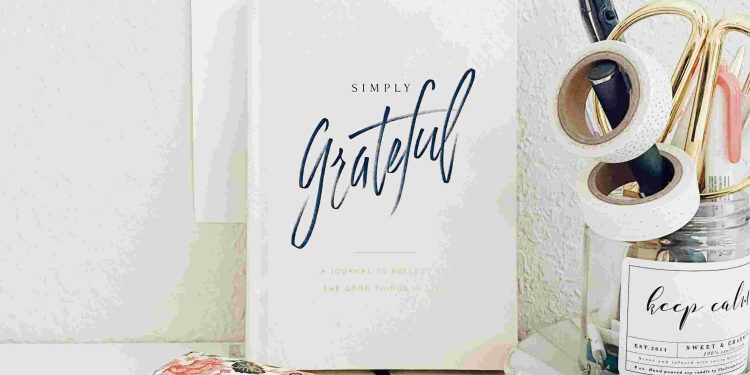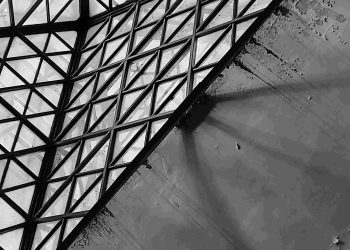Stylish Chaotic Designs

In the swirl of everyday structure, there is a constant pressure to conform to a certain order—a belief that organization is inherently superior to chaos. But what if the very disorder we shy away from is the hidden key to unlocking creativity, innovation, and transformative progress? Stylish chaotic designs defy norms and challenge the belief that beauty must emerge from uniformity.
Years ago, I found myself at a crossroads, overwhelmed by the need to structure every facet of my work. Yet, a pivotal moment came when I accidentally disrupted my pattern—a misstep that created a scrambling of elements in my design project. It was unconventional, asymmetric, and oddly compelling. Instead of correcting the misalignment, I leaned into it, and what emerged was something refreshingly unique. This experience taught me that chaos could be more than a mistake—it could be a deliberate aesthetic and functional asset.
Reimagining Traditional Wisdom
The notion of “clean design” dominates industries ranging from architecture to UX/UI. While elegant simplicity has its place, it can feel sterile, static, and uninspired. Consider that modern progress often arises from disruption, not compliance. Technology companies frequently adopt intentional chaos in their brainstorming methodologies, arguing that rigid ideation frameworks stifle creativity. By embracing disruption, they identify problems that ordered design fails to address.
Neurology also supports this philosophy. Studies on creativity show that divergent thinking—jumping between ideas in a non-linear fashion—stimulates areas of the brain related to breakthroughs and innovation. Stylish chaotic designs borrow from these principles. They reject one-dimensional solutions and instead challenge creators to embrace unpredictable outcomes.
The Cross-Disciplinary Merger
Philosophers have argued that chaos is an essential part of existence itself. Friedrich Nietzsche famously said, “You must have chaos within you to give birth to a dancing star.” This sentiment applies equally to art, business, and even personal growth. Chaos isn’t simply a lack of control—it is the interplay of forces outside immediate comprehension, creating something unexpectedly profound.
Compare this to psychological resilience theory. Chaos forces adaptive thinking, requiring individuals to approach problems with groundbreaking solutions. In technology, algorithms simulate chaos to test systems for flexibility and resilience. Stylish chaotic designs draw from this resilience philosophy, creating unpredictable patterns that engage users to think and act differently.
Practical Steps for Embracing Chaos
How can one adopt stylish chaotic designs without descending into confusion? It starts with calculated risks:
-
Break the Grid:
Deliberately move away from strict grid systems. Experiment with asymmetry, overlapping layers, and unbalanced visuals. -
Use Emotional Storytelling:
Chaos often evokes powerful feelings. Translate this into a visual narrative that inspires engagement at an emotional level. -
Collaborate Across Disciplines:
Partner with individuals outside your expertise to infuse fresh perspectives into your design. -
Adopt Iterative Experimentation:
Allow designs to continuously evolve instead of enforcing rigid completion milestones. -
Study Natural Chaos:
Draw inspiration from the patterns of nature—fractals, waves, and seasons—all of which showcase chaos balanced by inherent organization.
Future Trends: Where Chaos Is Heading
As artificial intelligence advances, chaotic designs may achieve new prominence in digital creativity. Algorithms capable of adaptive layering and non-linear pattern creation will enable designers to experiment like never before. In professional spaces, chaos-inspired methodologies may drive innovation-focused workshops and real-time visual problem-solving tools.
Socially, chaos culture could redefine how individuals perceive identity and self-expression. Fashion, art, and lifestyle industries may reject uniformity in favor of designs that celebrate imperfection and unpredictability. Chaos aligns with a growing desire for authenticity in a curated world.
Reviving a Lifelong Learning Ethos
At the heart of stylish chaotic design lies an ethos of perpetual growth. To create within the unpredictable, one must continually educate oneself—exploring unfamiliar tools, seeking broader cultural influences, and engaging diverse thought paradigms. The designer who embraces chaos is the lifelong student who sees failure not as an endpoint but as a transformative opportunity.
Style becomes more than aesthetic; it becomes strategy. This mindset ensures progress both professionally and personally. Embracing chaos isn’t simply trendy—it’s a call towards deep, meaningful exploration that transforms both the creator and the observer. Dare to defy the rules, and you might just discover your breakthrough moment.










